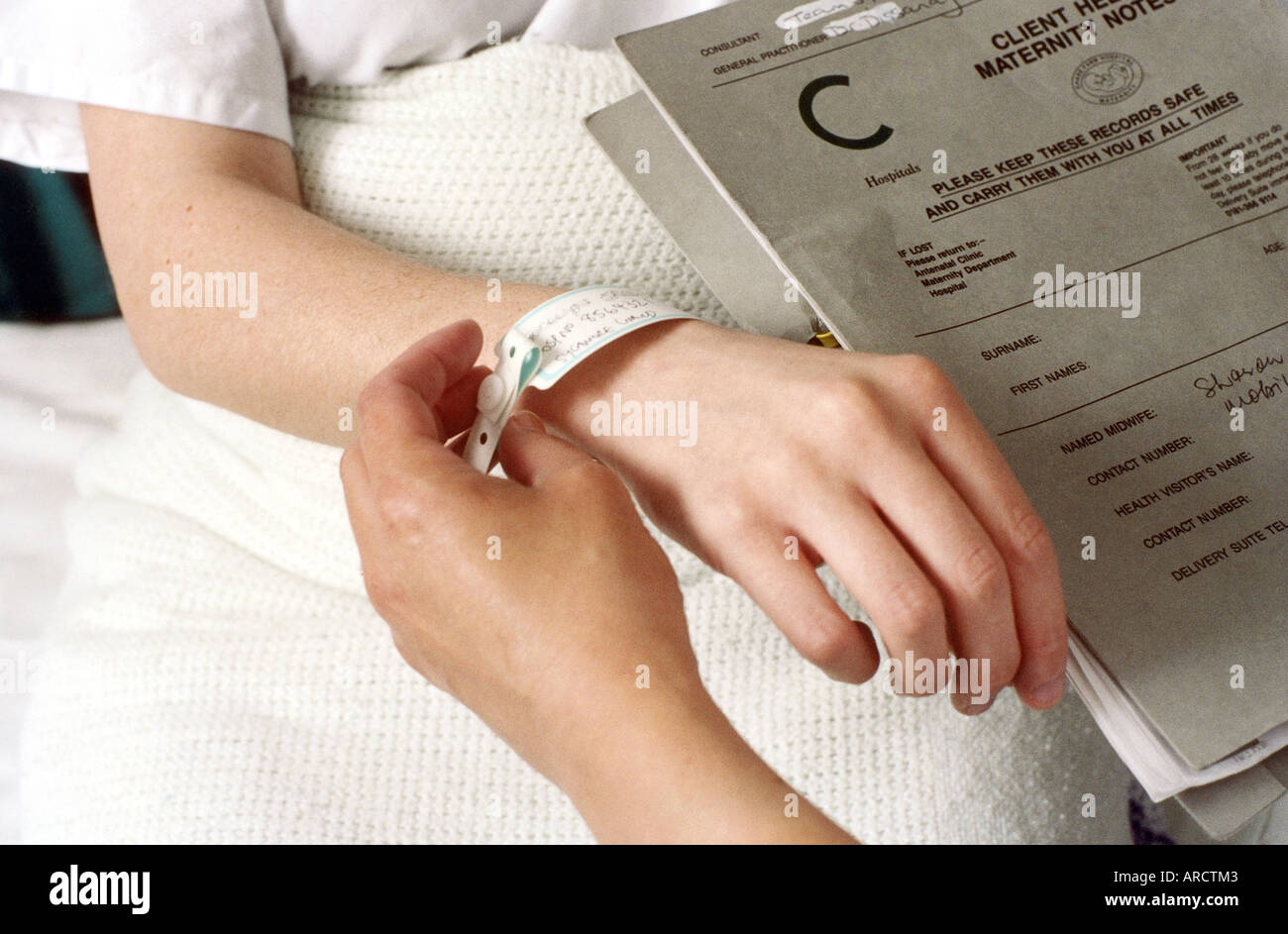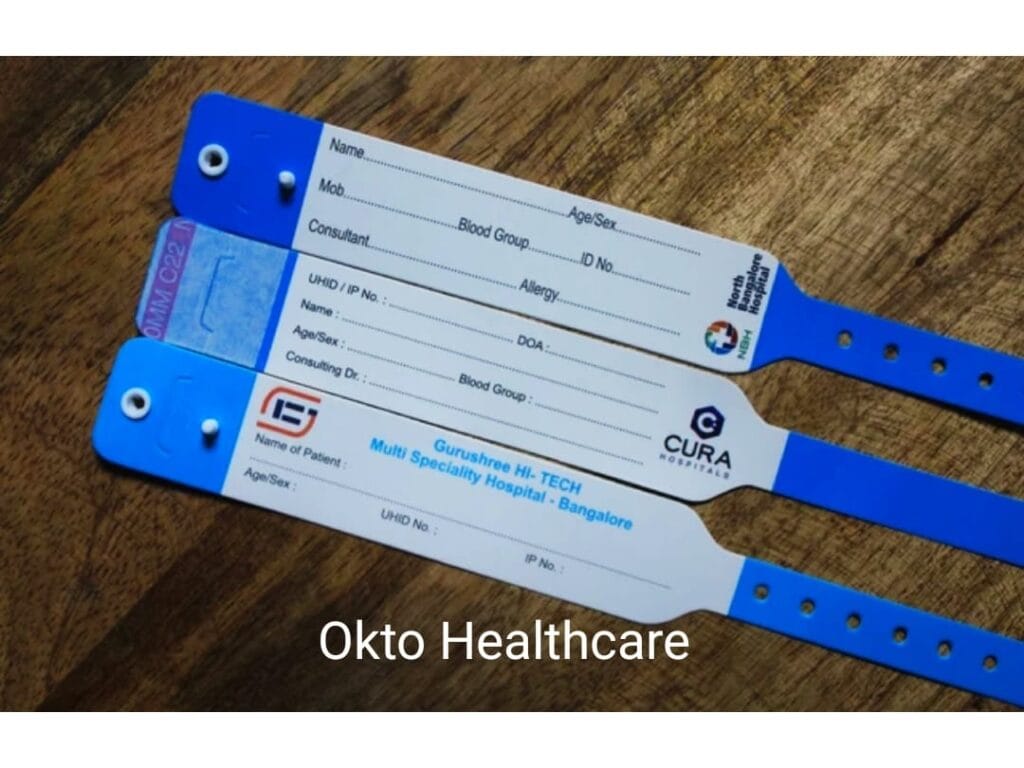Simplify Patient Administration with a Properly Designed Patient Identification Band
Simplify Patient Administration with a Properly Designed Patient Identification Band
Blog Article
Streamlining Client Treatment With Effective Recognition Bands
The implementation of effective recognition bands is a critical element in enhancing individual treatment within healthcare setups. These bands not only serve to alleviate the threats connected with client misidentification yet also simplify communication amongst clinical personnel, consequently fostering a safer setting. Different kinds of identification bands cater to specific requirements, from resilient wristbands for grownups to specialized bands for babies and important instances. As the landscape of individual recognition evolves, one should consider the ramifications of these systems on total health care distribution and individual results. What technologies wait for in this crucial location?
Significance of Patient Identification
Making certain exact client identification is critical in healthcare setups, as it directly affects the security and high quality of care provided. Misidentification can lead to significant errors, consisting of carrying out the wrong drug, doing inaccurate treatments, or miscommunicating important client details. Such errors not just jeopardize patient safety yet can additionally cause legal ramifications and lowered trust fund in healthcare systems.
Effective person identification is basic to developing a secure setting where patients get ideal and personalized care. It assists in the exact paperwork of case histories, allergies, and treatment strategies, making sure that health care providers have accessibility to necessary info at all times. Durable recognition protocols assist streamline communication amongst medical personnel, boosting partnership and reducing the danger of mistakes.

Sorts Of Recognition Bands
Identification bands play an essential duty in maintaining accurate individual records and improving safety within healthcare settings. Various kinds of recognition bands are utilized to provide to the specific demands and demands of various patient populations.

One more kind is the ankle joint band, which is particularly beneficial for babies and newborns, ensuring that identification remains undamaged also throughout treatment procedures. Specialty bands, such as those for allergic reaction signals or drop risk signs, offer additional layers of safety by attracting immediate interest to important client conditions.
Recently, digital recognition bands have obtained appeal, incorporating barcodes or RFID innovation that can be checked to quickly get patient data. These bands simplify workflows and lessen the threat of human mistake during person identification procedures.
Advantages of Effective Identification
Reliable recognition of people with using recognition bands adds significantly to total patient safety and care high quality. By making sure that each patient is precisely determined, doctor can successfully match medical treatments and procedures to the right individual, lessening the risk of errors. This is particularly vital in environments with high individual turnover, where the potential for misidentification is better.
Moreover, effective identification bands enhance communication among medical care groups. Clear and accurate person recognition promotes cooperation and ensures that all employee know a patient's certain needs and case history. This communication is essential for supplying worked with care, especially in emergency scenarios where time is crucial.

Inevitably, efficient recognition via the usage of identification bands not only safeguards clients yet additionally promotes a society of safety and security within medical care centers (Patient Identification Band). By focusing on exact recognition, medical care organizations can improve outcomes and improve the total patient experience
Implementing Recognition Equipments
While the significance of person recognition is well acknowledged, the application of robust identification systems presents a complicated challenge for medical care companies. Developing efficient recognition systems needs a detailed method, incorporating modern technology, employees training, and process integration.
First, companies need to choose suitable recognition innovations, such as barcode scanning, RFID, or biometric systems. Patient Identification Band. These technologies should be evaluated based upon cost, use, and compatibility with existing facilities. A pilot program blog here can help identify possible issues prior to full-scale application
Next, comprehensive training for team is necessary. All personnel must recognize the importance of exact client recognition and excel in making use of the selected modern technologies. Regular training updates and analyses can strengthen ideal methods and make certain continued compliance.
In addition, health care companies should establish standard procedures for person identification across all divisions, minimizing disparities and enhancing communication. Normal audits can help determine spaces in adherence to these methods.

Inevitably, a reliable execution of recognition systems not just enhances client security however likewise fosters a culture of accountability and diligence within healthcare settings, ensuring consistent and reputable individual care.
Future Trends in Client Identification
Improvements in innovation are set to change person recognition methods in healthcare setups. The combination of biometric recognition techniques, such as fingerprinting and facial acknowledgment, is expected to improve accuracy and safety and security. this page These innovations can significantly lower the threat of misidentification, making certain that individuals get the correct therapies and medicines.
Additionally, the execution of blockchain innovation for patient documents is acquiring grip. This decentralized technique can supply a tamper-proof and protected method for taking care of individual identities, consequently improving access to vital details across various doctor.
One more fad is the enhancing use mobile health and wellness applications that leverage QR codes for patient recognition. These applications permit real-time updates and simple accessibility to patient data, encouraging healthcare experts to make enlightened decisions promptly.
Furthermore, expert system (AI) is poised to play a vital function in analyzing individual recognition data, determining patterns, and predicting prospective recognition mistakes before they occur.
As these modern technologies develop, they promise not just to improve person security yet also to enhance the general performance of health care distribution systems. Welcoming these developments will be crucial for future-proofing person treatment methods.
Conclusion
In final thought, reliable recognition bands are necessary for boosting person safety and security and care top quality within medical care settings. By lessening the threats linked with misidentification, these bands promote prompt and accurate details access, inevitably enhancing communication among healthcare suppliers. The application of robust identification systems not only promotes a culture of safety and security yet likewise placements healthcare establishments to adjust to future trends in client identification technology, ensuring optimum results for people in varied medical environments.
As the landscape of person recognition progresses, one should consider the implications of these systems on total health care delivery and great site patient end results.Efficient patient recognition is essential to establishing a safe and secure atmosphere where patients obtain suitable and personalized treatment. Eventually, focusing on reliable client recognition techniques not just cultivates a society of safety yet also adds to improved client outcomes and general complete satisfaction with medical care services.
Efficient recognition of clients via the use of recognition bands adds substantially to overall person safety and care high quality. The implementation of durable identification systems not just fosters a culture of safety and security yet also settings medical care institutions to adapt to future trends in individual recognition technology, making sure optimum end results for clients in varied professional environments.
Report this page